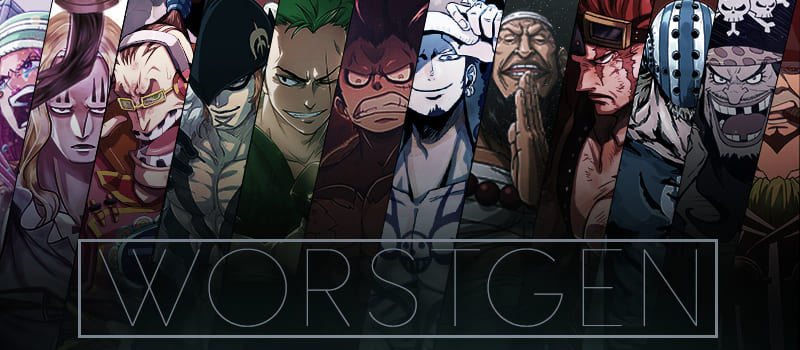Not all karatekas practice Zen Buddhism as such. Karate masters might be Jewish, Christian, Hindu or agnostic -- the martial arts discipline fits well with a wide range of religions and beliefs. But to advance through the higher levels of karate, it is essential that a karateka cultivate spiritual power, whatever their religious beliefs. The basic element of this power is ki.
Ki is an amorphous, undefinable force, but it is generally described as the energy of life itself. It binds all living things together and gives each person his or her spiritual, physical and mental power. In most schools, beginning karatekas won't worry too much about ki. They focus mainly on proper technique and breathing exercises. But in these basic activities, they are laying the groundwork for later ki exercises.
Through the power of ki, a karateka can break through concrete blocks as if they were made of paper. To break through these blocks, Kathy Olevsky imagined that they weren't even there. She focused her energy and just stepped down through them.
As karatekas develop heightened physical control, they become more aware of the seat of ki in their body. With concentration, karatekas can move their ki up and down, so their source of energy is higher and lower. Experienced karatekas generally center their ki, in order to achieve maximum balance and power. Ki is absolutely crucial in the higher levels of karate: It gives masters the power they need to break blocks and topple much larger opponents.


